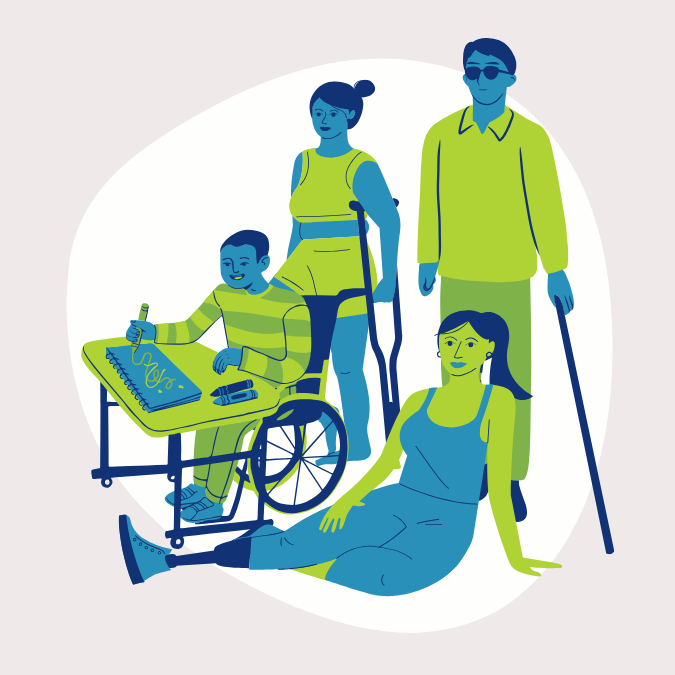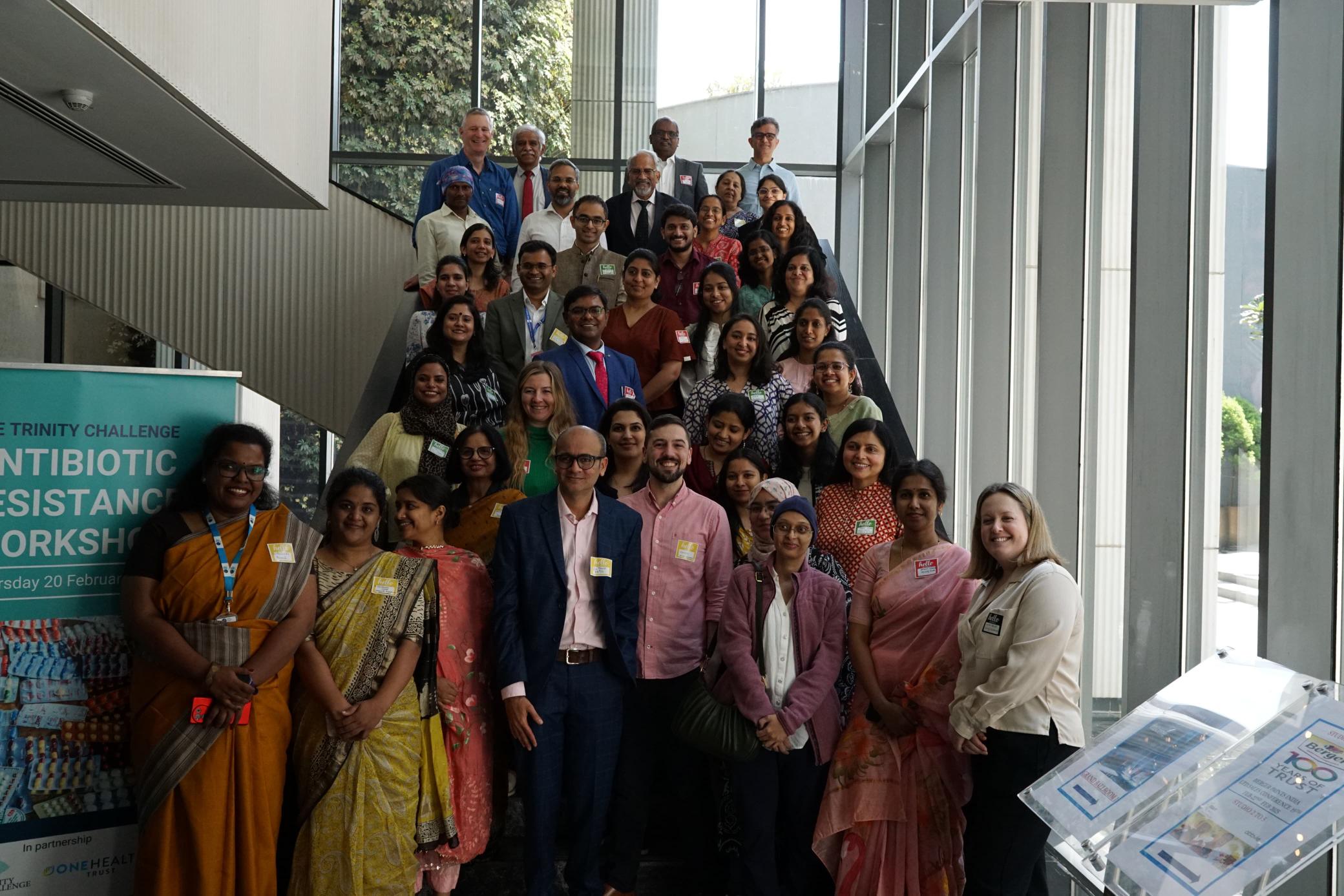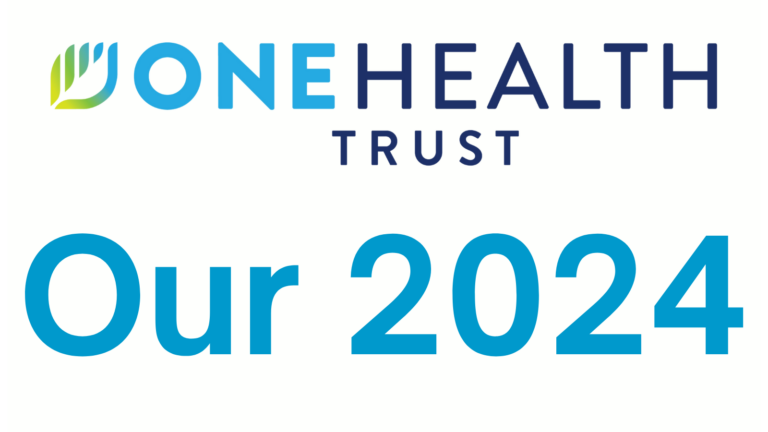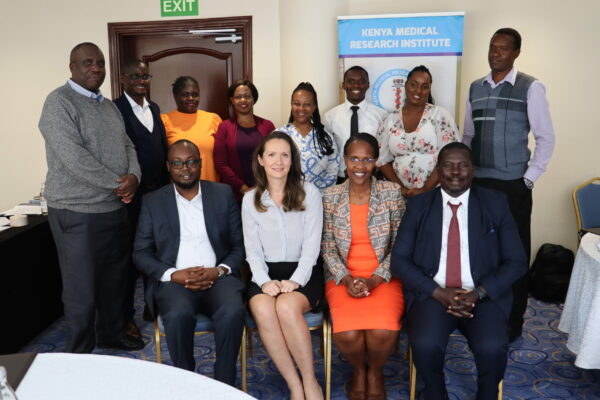May 14, 2020
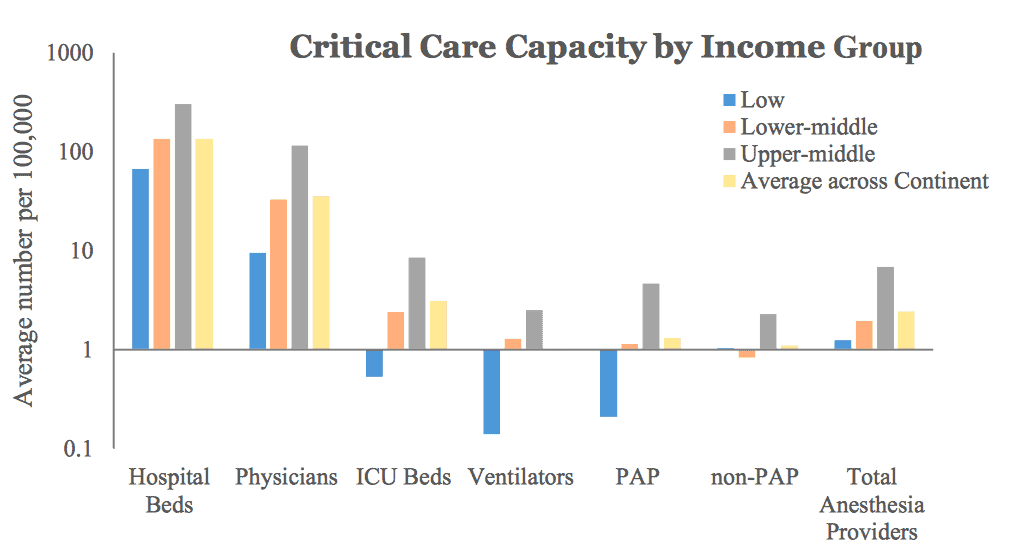
The Question: Across Africa, national critical care capacity is underdeveloped or unknown. To better understand critical care capacity across the continent, CDDEP compiled data on number of ICU beds, number of ventilators, and number of physician anesthesia providers (PAP) and non-PAP, among other relevant datapoints, for 54 African countries.
What We Found: Data on number of ICU beds were available for 49 (91%) countries and on number of ventilators for 46 (85%) countries, respectively. Data on physician anesthesia providers and non-physician providers was available for 47 (87%) and 37 (69%) of the 54 African countries. Overall, most low and lower middle-income African countries currently have limited critical care capacity available to cope with potential surges in critical care demand due to COVID-19 outbreaks.
Across all 54 countries included in the analysis, there was an average of 3.10 ICU beds and 0.97 ventilators per 100,000 people. The average number of ICU beds per 100,000 people ranged from 0.53 in low-income countries to 8.59 in upper-middle countries and 33.07 in Seychelles, the sole high-income country included in this analysis. The average number of ventilators per 100,000 people ranged from 0.14 in low-income countries to 2.49 in upper-middle-income countries. The average number of ICU beds was lowest in West Africa with only 1.10 ICU bed per 100,000 people, and the average number of ventilators was lowest in East Africa with only 0.23 ventilators per 100,000 people. There was an average of 2.42 total (physician and non-physician) anesthesia providers per 100,000 people ranging from 1.24 and 0.66 in low-income countries and in the Middle African region, respectively, to 6.91 and 6.64 providers per 100,000 in upper-middle-income countries and the North Africa region, respectively.
Why It Matters: African countries have thus far reported lower COVID-19 disease incidence and many have implemented curfews, lockdowns, and other protective measures to mitigate the spread of the novel virus. Despite these efforts, community transmission of the novel virus is ongoing in most countries across the continent, and CDDEP’s projections of COVID-19 case burden predict that most African countries will experience an uptick in total and severe COVID-19 infections in the next one to three months. Across the globe, we have seen developed, well-equipped countries face shortages in health equipment and trained personnel. This database is intended to inform and assist policymakers and public health officials at the national, regional, and international levels in equipping and preparing African countries to tackle the COVID-19 pandemic.
A description of the study’s methods and results is available here, and the complete database, which will be continuously updated as we receive new data, is available for download above.



